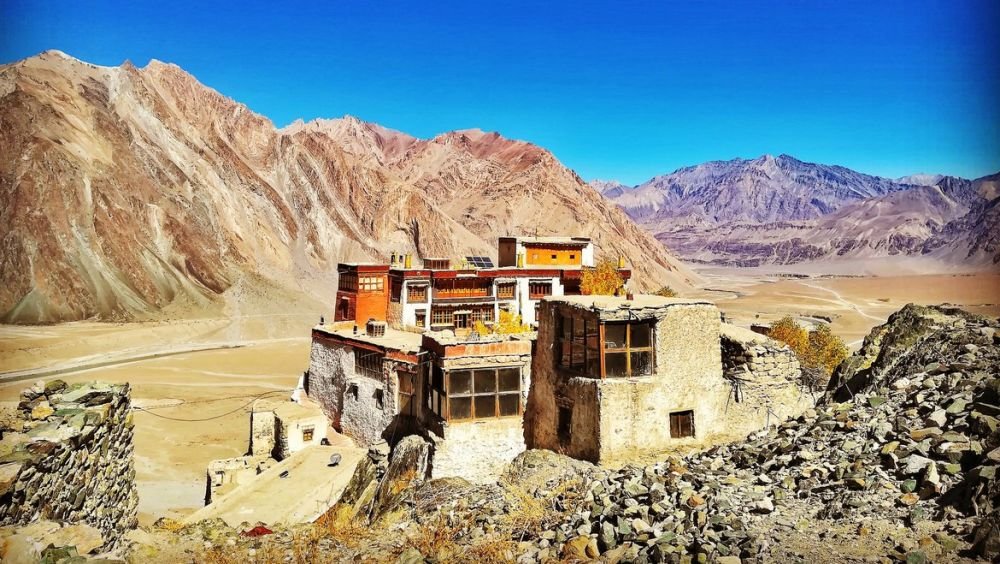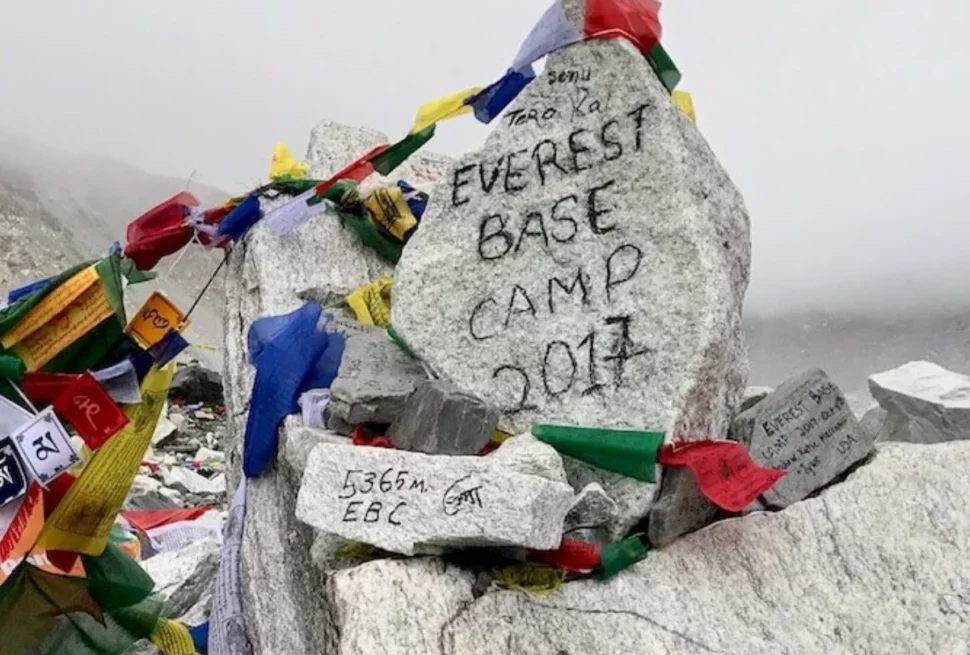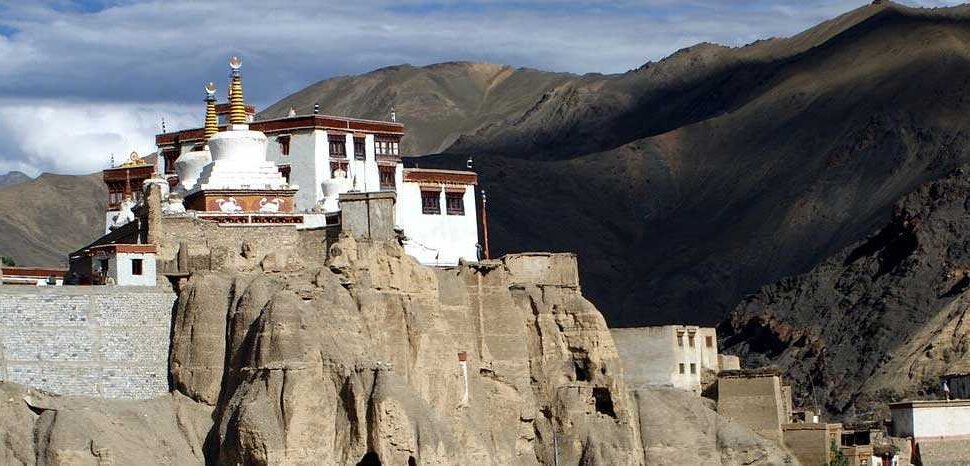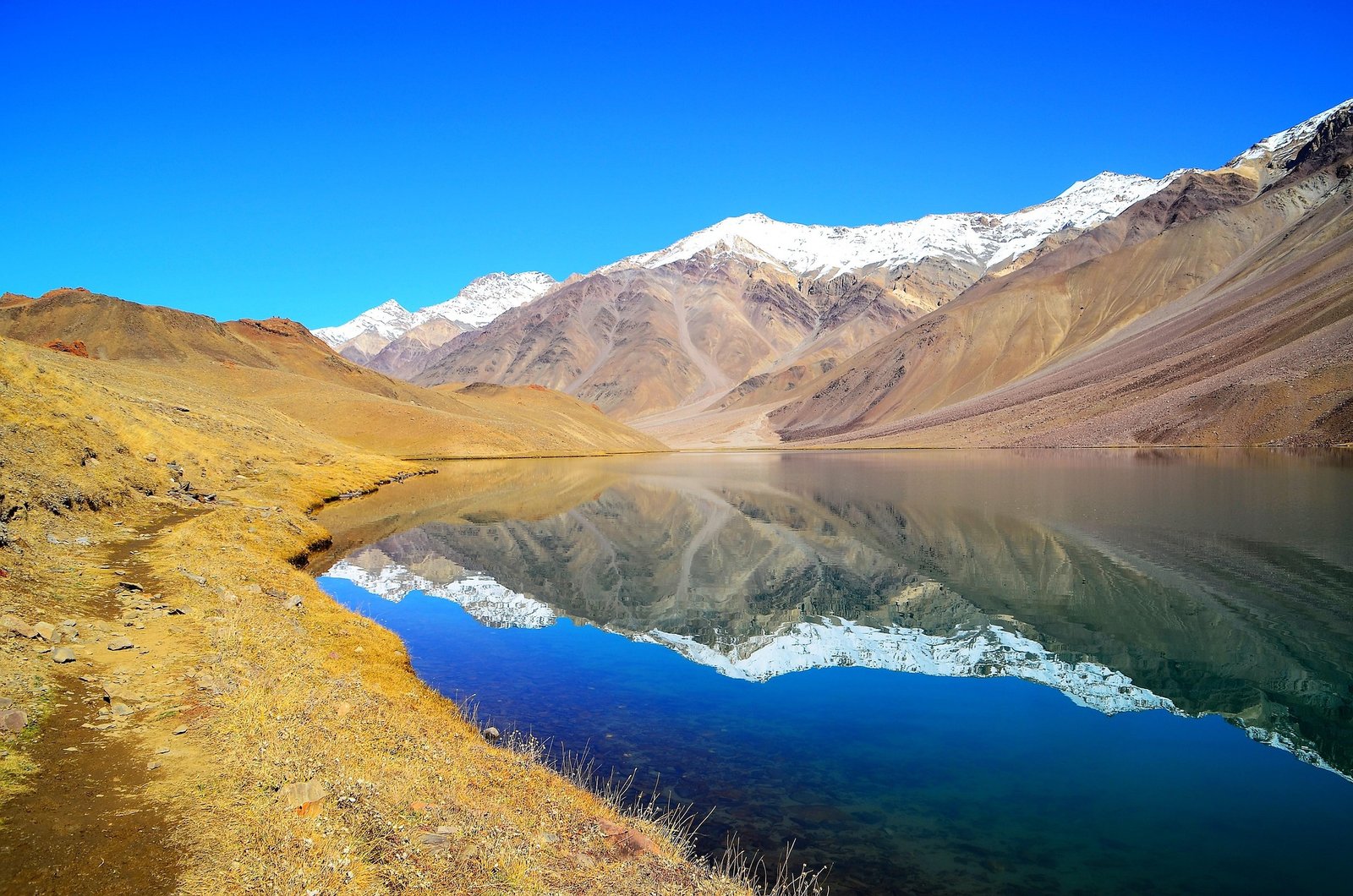

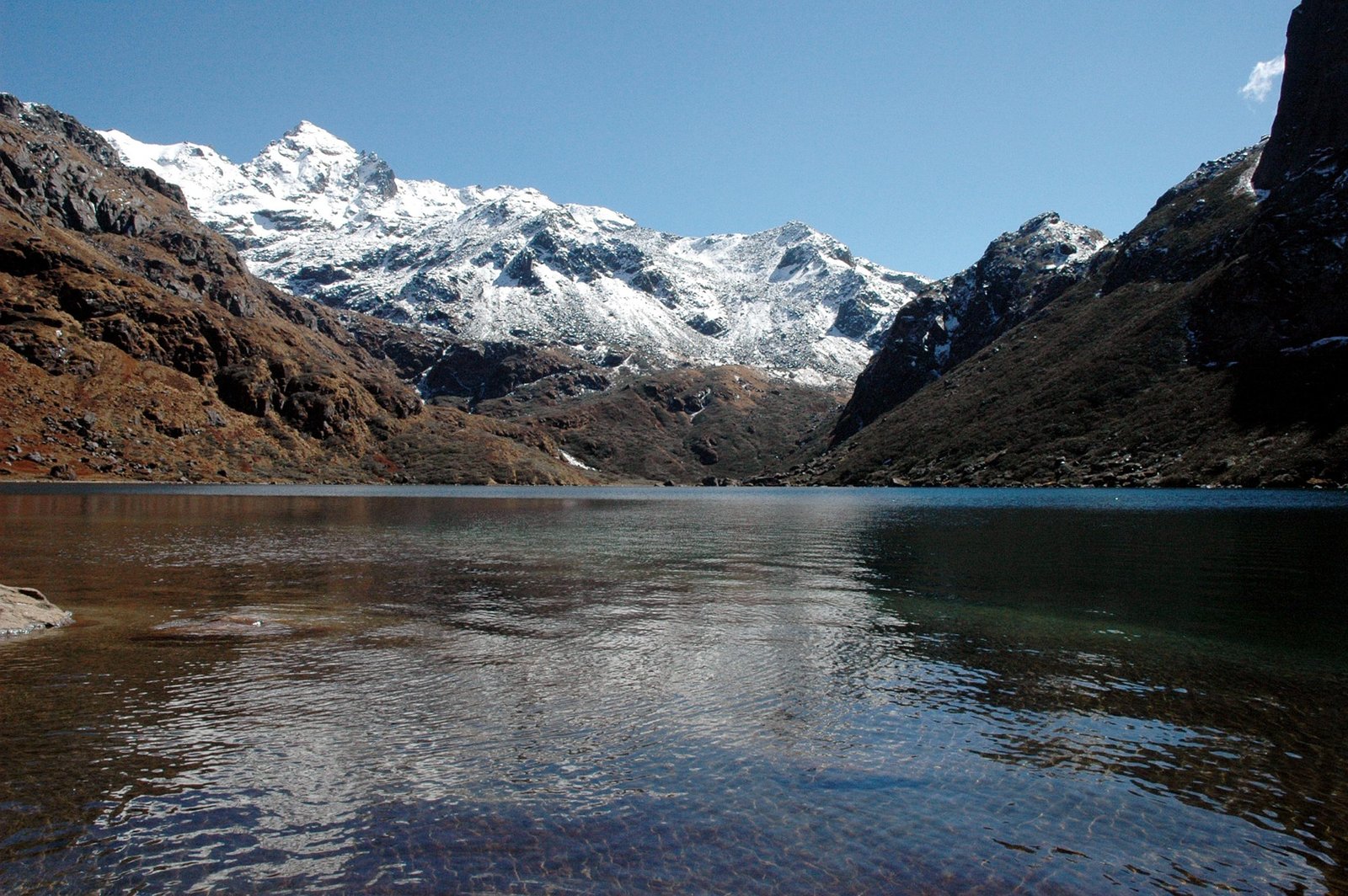

Step into the soul of Ladakh by experiencing its vibrant festivals — a kaleidoscope of color, rhythm, and devotion set against the backdrop of the Himalayas. From the sacred masked dances of the Hemis Tsechu to the community-wide joy of the Ladakh Harvest Festival, each celebration offers a rare glimpse into the region’s rich cultural tapestry.
These festivals are more than just events — they’re living traditions where ancient Buddhist rituals, folk music, and spirited dances come alive in monastery courtyards and village squares. Whether you’re drawn by the spiritual energy of Losar (Ladakhi New Year), the grandeur of Sindhu Darshan, or the festive parades of the Ladakh Festival, there’s a celebration for every traveler’s soul.
When you travel with us, you’re not just attending — you’re immersed. Our curated festival experiences include:
-
- Prime viewing access to key performances and rituals
-
- Locally guided insights into the meaning behind each tradition
-
- Flexible itineraries that blend celebration with exploration
Let the drumbeats echo in your heart, the colors dazzle your lens, and the warmth of Ladakhi hospitality leave a lasting imprint. Ready to time your journey with Ladakh’s most unforgettable moments? Let’s plan your cultural adventure together.
Losar Festival – Welcoming the Tibetan New Year in Ladakh
Step into a world where ancient rituals meet Himalayan joy — Losar, the Tibetan New Year, is one of Ladakh’s most vibrant and spiritually charged festivals. Celebrated in late winter (usually February or March), Losar marks not just the turning of the calendar, but a deep cultural renewal rooted in Buddhist tradition and pre-Buddhist Bon customs.
In the days leading up to Losar, Ladakhi homes are swept clean, prayer flags are raised, and monasteries come alive with the sound of horns, drums, and sacred chants. The air is filled with the aroma of butter tea, kapse (deep-fried pastries), and guthuk — a special noodle soup shared on New Year’s Eve to cleanse the soul and invite good fortune.
The festival’s highlight is the Cham dance, a mesmerizing masked performance by monks that symbolizes the triumph of good over evil. Villagers don their finest traditional attire, offer prayers, and gather for music, dance, and feasting — creating a kaleidoscope of color and devotion.
For travelers, Losar offers a rare chance to witness Ladakh’s spiritual heart in full bloom. It’s not just a celebration — it’s a sacred reset, a time when the mountains echo with hope, harmony, and the promise of a fresh beginning.
Dosmochey – The Festival of Purification and Protection
Held in the heart of winter, Dosmochey is one of Ladakh’s most spiritually charged festivals — a two-day ritual of renewal, celebrated in Leh, Likir, and Diskit monasteries during February, marking the end of the Tibetan lunar year. Also known as the “Festival of the Scapegoat,” it’s a powerful blend of Tantric Buddhist rituals, masked cham dances, and symbolic offerings designed to ward off evil spirits and usher in peace and prosperity for the year ahead.
The festival begins with the erection of a tall wooden mast adorned with sacred emblems and prayer flags. Monks from Takthok Monastery, known for their mastery of tantric practices, weave intricate thread crosses believed to trap negative energies. The highlight is the mesmerizing Cham dance, where monks in elaborate masks and vibrant robes perform sacred movements to the beat of drums and gyaling horns — each step a symbolic act of purification.
As the festival culminates, ritual effigies and offerings are burned in a dramatic ceremony, symbolizing the destruction of evil and the cleansing of the community. Meanwhile, Leh Bazaar transforms into a lively fairground with stalls, games, and locals in traditional attire — a rare winter spectacle that blends solemnity with celebration.
Sindhu Darshan – A Tribute to the River That Named a Nation
Held every year in June along the banks of the Sindhu (Indus) River near Shey village, the Sindhu Darshan Festival is a powerful celebration of India’s cultural unity and spiritual heritage. The name itself — Sindhu Darshan, meaning “to behold the Indus” — reflects the reverence for this ancient river, from which the words India, Hindu, and Hindustan are believed to have originated.
Over three vibrant days, participants from across India and beyond gather to offer water from their home rivers into the Sindhu — a symbolic act of national integration and shared identity. The festival opens with a warm reception by local religious and cultural groups, followed by prayers led by Buddhist lamas, multi-faith ceremonies, and cultural performances showcasing India’s rich diversity.
The riverbanks come alive with folk dances, music, traditional attire, and food stalls, while the spiritual core of the festival remains rooted in gratitude — to the river, to the land, and to the soldiers who protect it. For many, it’s also a pilgrimage, especially for Sindhi Hindus, reconnecting with a sacred river once worshipped in their ancestral homeland.
Whether you’re drawn by the spiritual energy, the cultural exchange, or the sheer beauty of the setting, Sindhu Darshan is a celebration of belonging — to a land, a legacy, and a living tradition.
Hemis Tsechu – Ladakh’s Grandest Monastic Celebration
Every summer, the remote Hemis Monastery, nestled 40 km southeast of Leh, bursts into a riot of color, rhythm, and devotion during Hemis Tsechu — Ladakh’s most iconic festival. Celebrated on the 10th day of the fifth month of the Tibetan lunar calendar (usually June or July), this two-day spectacle honors the birth anniversary of Guru Padmasambhava, the revered 8th-century mystic who brought Tantric Buddhism to the Himalayas.
The monastery courtyard transforms into a sacred stage where masked Cham dances unfold — monks in elaborate silk robes and fierce deity masks perform ritual movements to the hypnotic beat of drums, cymbals, and longhorns. Each dance tells a story of cosmic battles, spiritual triumphs, and the eternal dance of good over evil.
Beyond the performances, the festival is a feast for the senses: stalls brim with Ladakhi handicrafts, locals don their finest traditional attire, and the air is filled with the scent of juniper incense and the warmth of chang, the local barley brew. Once every 12 years, the monastery unveils a giant thangka (religious scroll) of Guru Padmasambhava, adorned with semi-precious stones — a rare and sacred sight.
For travelers, Hemis Tsechu is more than a festival — it’s a portal into Ladakh’s spiritual soul, where ancient rituals, Himalayan hospitality, and timeless storytelling converge in a celebration unlike any other.
Ladakh Festival – A Grand Celebration of Culture, Color
Held every September in Leh and surrounding villages, the Ladakh Festival is a spectacular showcase of the region’s rich cultural mosaic. Organized by the Department of Tourism, this week-long celebration brings together folk artists, polo players, monks, and villagers from across Ladakh’s far-flung valleys — all converging in a jubilant display of unity and tradition.
The festival kicks off with a vibrant procession through Leh’s old town, featuring masked dancers, musicians, and locals in traditional attire. Over the following days, the town pulses with folk music, cham dances, archery contests, polo matches, and craft exhibitions. Monasteries host spiritual performances, while open-air stages light up with Ladakhi opera and storytelling.
More than just a cultural event, the Ladakh Festival is a celebration of identity and resilience — a time when the high-altitude communities come together to honor their heritage before winter sets in. For travelers, it’s a rare chance to witness Ladakh’s living traditions in one immersive, joyful experience.

